
- arrow_back Home
- keyboard_arrow_right 3D Printing
Direct Drive Vs Bowden Feed

3D Printing Chris Wyatt 2 July 2024
In the mesmerizing dance of 3D printing, two ingenious partners vie for your attention: the Direct Drive and the Bowden Feed. Each has its own rhythm and sway, shaping the way filament flows through your machine and dictating the compatibility with your chosen hardware. As you journey through this article, you’ll unravel the intricate differences between these two feeders, discovering the unique advantages they offer. Whether you seek precision and stability or speed and agility, “Direct Drive Vs Bowden Feed” will guide you in choosing the perfect partner for your 3D printing masterpiece. Have you ever found yourself standing in front of your 3D printer, wondering if you’ve got the best setup for your needs? Whether you’re a seasoned 3D printing enthusiast or a curious beginner, understanding the difference between direct drive and Bowden feed systems can elevate your 3D printing game to new heights. Let’s dive into the nitty-gritty of these two feeding systems and help you decide which one is perfect for your setup.
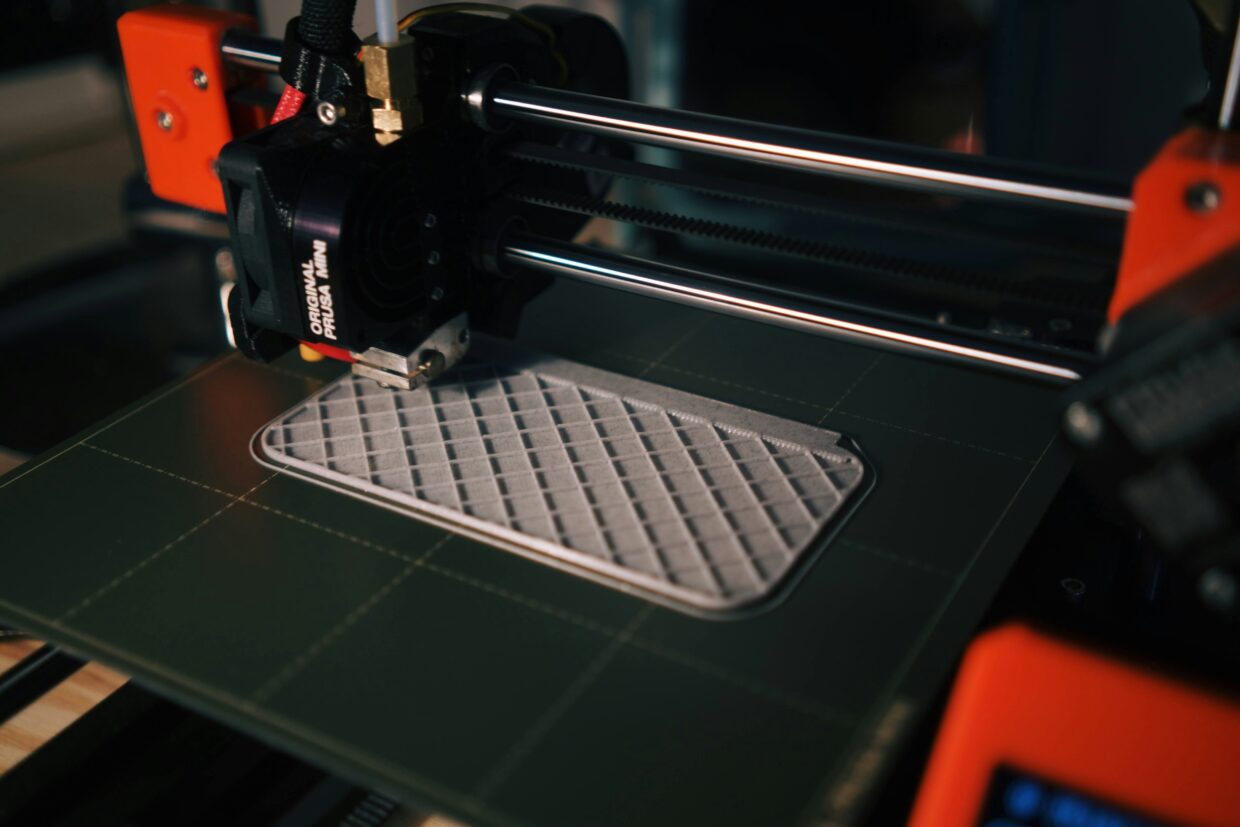
What is a Direct Drive System?
The Basics
In a direct drive system, the extruder is mounted directly on the print head. This means the filament doesn’t have to travel a long distance between the drive gears and the hot end. The shorter path simplifies many aspects of 3D printing, making it easier to control filament feed, reduce the chances of jams, and provide a more straightforward setup.
Advantages of Direct Drive Systems
When it comes to benefits, direct drive systems shine brightly. Here’s what you can expect:
Better with Flexible Filaments
The shorter path from the extruder to the hot end means flexible filaments, which are notorious for their difficulty to print, are handled more gracefully in a direct drive system.
Reduced Retraction Settings
Since the filament path is shorter, you don’t need to retract as much filament when the printer moves from one point to another without extruding. This can lead to less stringing and cleaner prints.
Improved Control
You have more control over the filament, which can result in more accurate extrusion rates. This is particularly helpful for printing intricate models and fine details.
Disadvantages of Direct Drive Systems
However, not everything is sunshine and rainbows in the world of direct drive extruders. The direct relationship between the extruder and the print head introduces some challenges:
Added Weight
Since the extruder is mounted directly on the print head, it adds weight to it. This can slow down printing speeds and affect print quality, especially during fast movements.
Limited Speed
The added weight also means you can’t push the machine to print at very high speeds without sacrificing quality.
Maintenance Challenges
Direct drive systems can be a bit more challenging to maintain due to the compact and dynamic arrangement of components.
What is a Bowden Feed System?
Understanding the Setup
In contrast, a Bowden feed system places the extruder off to the side, away from the print head. The filament is fed to the hot end through a long, flexible tube known as the Bowden tube. This setup drastically changes the dynamics of filament feeding and has its own set of advantages and challenges.
Advantages of Bowden Feed Systems
Let’s take a closer look at why you might lean towards a Bowden system:
Lightweight Print Head
With the extruder placed away from the print head, the print head is much lighter. This can significantly improve printing speeds and reduce vibrations, leading to potentially better print quality.
Faster Printing
The reduced weight on the print head allows for faster movements, which can shorten print times without compromising quality.
Cleaner Design
Bowden systems tend to have a cleaner design with fewer moving parts on the print head. This makes it easier to maintain and troubleshoot.
Disadvantages of Bowden Feed Systems
Despite the benefits, there are some trade-offs with Bowden feed systems:
Issues with Flexible Filaments
The longer and more tortuous path that the filament needs to travel through can lead to problems when printing flexible filaments.
Increased Retraction Settings
Because of the longer filament path, Bowden systems usually need higher retraction settings to combat stringing, which can complicate the tuning process.
Reduced Extrusion Control
The longer distance between the extruder and the hot end can lead to less precise control over filament extrusion, making it trickier to print fine details or intricate parts.
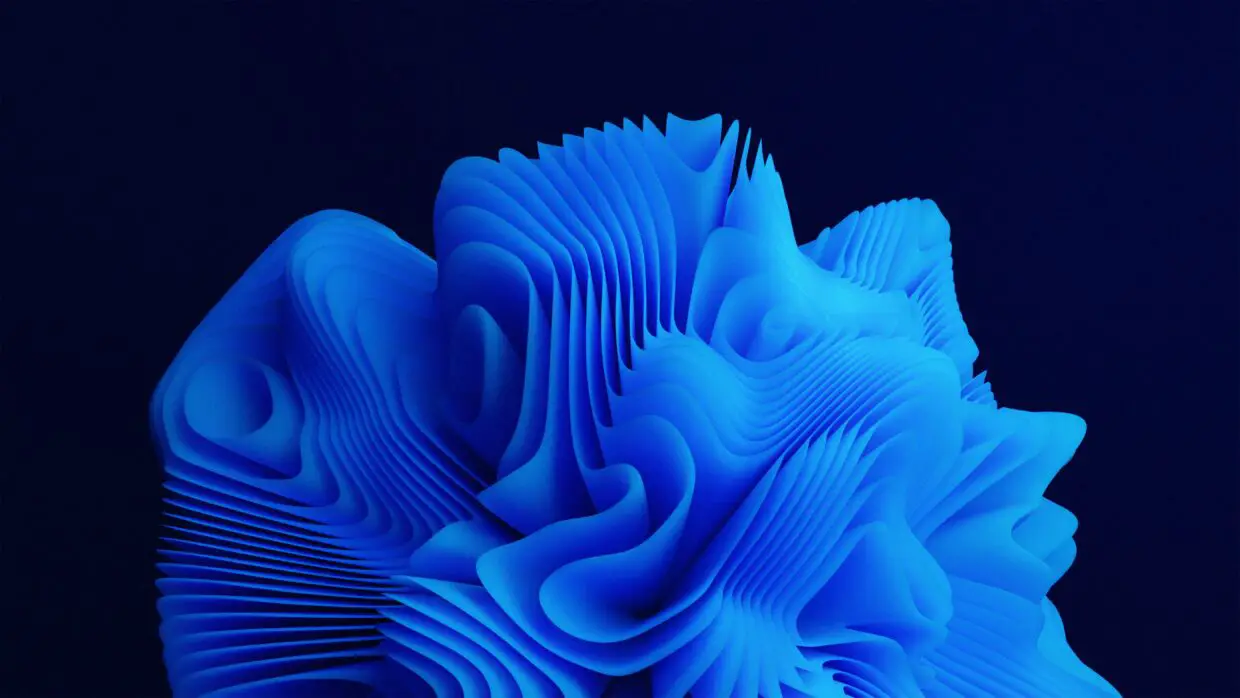
Machine Compatibility
Direct Drive Compatibility
Direct drive systems are versatile and can be commonly found in many well-known 3D printers from various manufacturers. They are particularly suitable for machines designed to handle a wide range of materials, including flexible filaments. Here are some considerations:
| Printer Type | Compatibility |
|---|---|
| FDM/FFF Printers | High compatibility |
| Multi-material Printers | Often used |
| SLA/DLP Printers | Not applicable |
Bowden Feed Compatibility
Bowden feed systems are also popular but are especially prevalent in machines where speed and print volume are prioritized over the ability to handle flexible filaments. Let’s see where Bowden feeds fit:
| Printer Type | Compatibility |
|---|---|
| FDM/FFF Printers | High compatibility |
| Multi-material Printers | Sometimes used |
| SLA/DLP Printers | Not applicable |
Direct Drive vs Bowden Feed: A Comparative Analysis
To help you make an informed decision, let’s compare these systems based on several different factors:
| Factor | Direct Drive | Bowden Feed |
|---|---|---|
| Weight on Print Head | High | Low |
| Speed | Moderate | High |
| Printing Flexible Filaments | Excellent | Challenging |
| Setup Complexity | Moderate to High | Low to Moderate |
| Retraction Settings | Low to moderate retraction | High retraction required |
| Extrusion Control | High precision | Less precision |
| Maintenance | Difficult | Easier |
| Print Quality Stability | High stability at lower speeds | High stability at higher speeds |
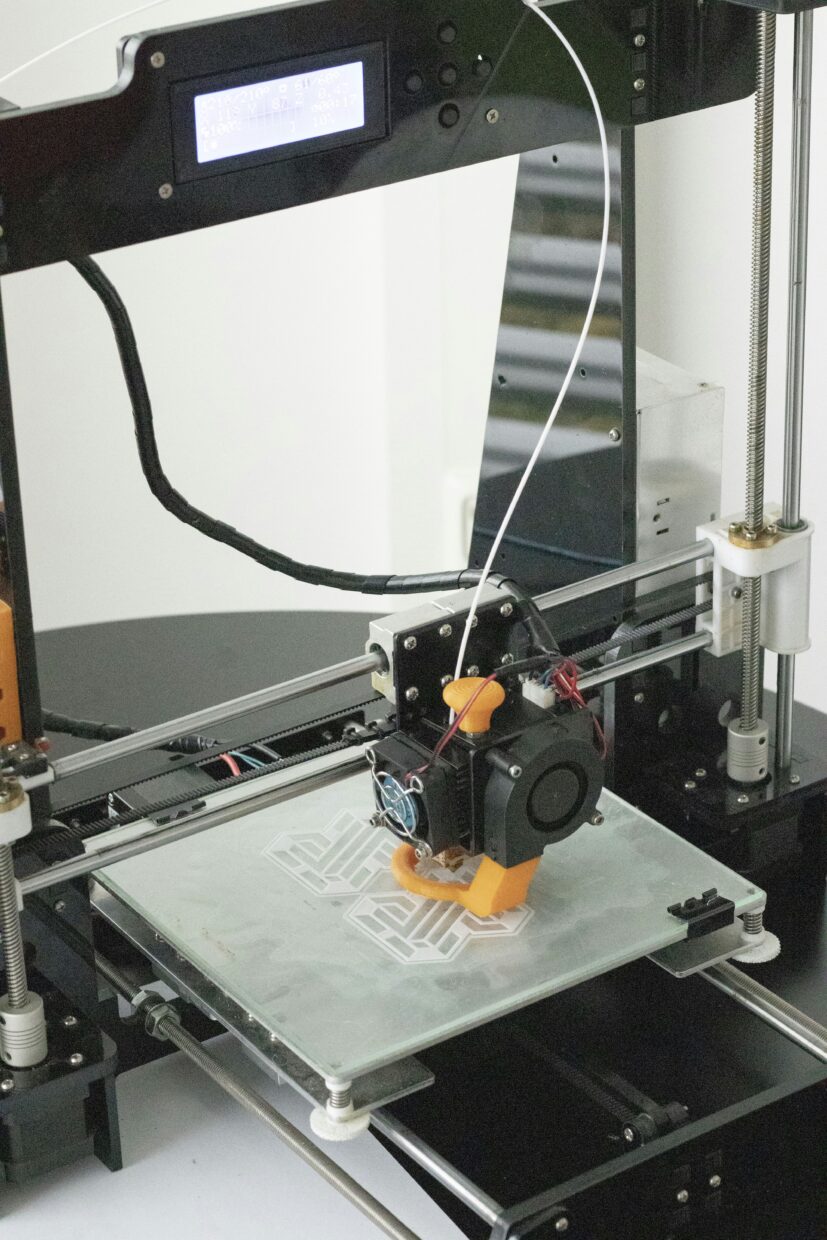
Making the Choice: Direct Drive or Bowden Feed?
Assess Your Printing Needs
The first step in making the right choice is assessing your specific 3D printing needs. Consider the type of materials you plan to use, the complexity of your prints, and any particular requirements you might have. If you frequently use flexible filaments or require superior extrusion control for detailed prints, a direct drive may be your best bet. However, if speed and simplicity are more important, along with the ability to produce quality prints of standard materials, a Bowden feed system could be ideal.
Future-Proofing Your Setup
Think about future upgrades or changes to your 3D printing workflow. If you plan to delve into new materials or more complex prints, a direct drive system might offer the flexibility you need. On the other hand, if you foresee yourself sticking to high-speed printing of standard materials, sticking with Bowden could provide long-term benefits.
Trying Both Systems
Some advanced 3D printers offer modular extruder systems, allowing you to switch between direct drive and Bowden setups. If you can’t decide, this option provides the best of both worlds. Experimenting hands-on with both setups can give you firsthand experience, which is invaluable for making an informed decision.
Conclusion
Picking between a direct drive and a Bowden feed system boils down to your specific needs and your personal preferences. Each system has its own set of strengths and weaknesses, and understanding these can help you make a more informed choice.
Both direct drive and Bowden feed extruders have their place in the 3D printing world, and neither is inherently better than the other. Your individual requirements, such as the types of filament you’ll use, your desired print speed, and the level of maintenance you’re comfortable with, will ultimately determine which is best for you.
So, don’t let the decision weigh you down. Take into account what you wish to achieve with your 3D printer, and choose the system that aligns best with your goals. Happy printing!
About Ultimate 3D
Learn everything there is to know about 3D Printers and the different components and printing materials.
Site Links
Copyright 2024 Ultimate 3D






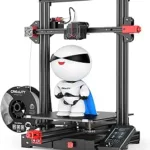
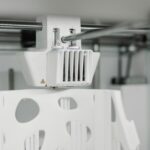
Be the first to leave a comment